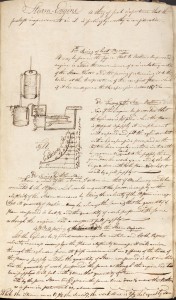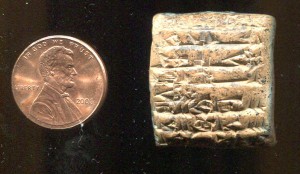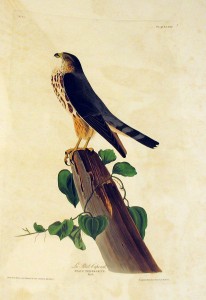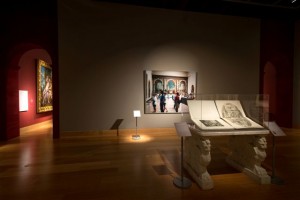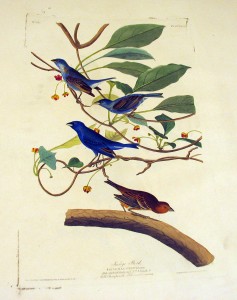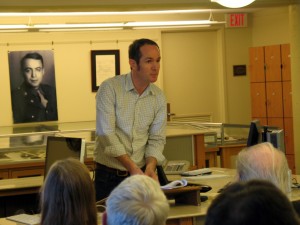Handbooks!
One of my favorite types of material are handbooks for working people. At the recent New York Book Fair I picked up five of these from a New Jersey dealer with whom I have done business for years. I was delighted that they were in excellent condition and rather inexpensive. I will let the titles and Preface excerpts of three of them speak for themselves:
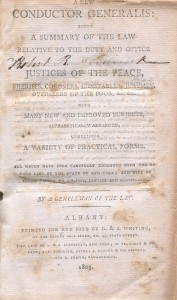 A New Conductor Generalis: Being a Summary of the Law Relative to the Duty and Office of Justices of the Peace, Sherriffs, Coroners, Constables, Jurymen, Overseers of the Poor, &c. (New York: Albany, 1803). “Although it cannot be supposed that a complete system of criminal jurisprudence could be comprised in the following number of pages, yet it will be found that very few cases can arise, subject to an interference of the law, or any of its officers, for which the necessary instructions are not herein pointed out” (Preface). A nice Early Republic edition of a classic legal manual (the first American edition was 1711, and English editions under the title A Guide for Constables go back to 1669).
A New Conductor Generalis: Being a Summary of the Law Relative to the Duty and Office of Justices of the Peace, Sherriffs, Coroners, Constables, Jurymen, Overseers of the Poor, &c. (New York: Albany, 1803). “Although it cannot be supposed that a complete system of criminal jurisprudence could be comprised in the following number of pages, yet it will be found that very few cases can arise, subject to an interference of the law, or any of its officers, for which the necessary instructions are not herein pointed out” (Preface). A nice Early Republic edition of a classic legal manual (the first American edition was 1711, and English editions under the title A Guide for Constables go back to 1669).
A similar work is John B. Colvin’s A Magistrate’s Guide; and Citizen’s Counsellor: Being a Digested Abstract of those Laws of the State of Maryland [etc.] (Maryland: Frederick-Town, 1805). This is the first printing of an early Maryland legal guide, written, says the author, for the average citizen, in part to protect him from “the impositions of the dishonest part of the bar.”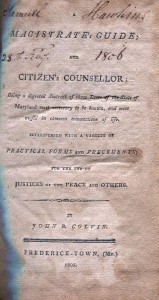
From the Introduction, “An occasional attendance upon our courts of justice, where I have often witnessed a lamentable want of legal information among that class of citizens who constitute the major part of the community, together with a strong recommendation of a friend, originally induced me to undertake the present composition.”
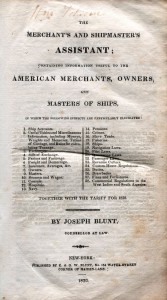 Departing from law and moving on to commerce, Joseph Blunt’s The Merchant’s and Shipmaster’s Assistant (New York, 1832) is a later edition of this guide, which contains information of every kind, from exchange rates to insurance, and from wreck laws to shipboard crime.
Departing from law and moving on to commerce, Joseph Blunt’s The Merchant’s and Shipmaster’s Assistant (New York, 1832) is a later edition of this guide, which contains information of every kind, from exchange rates to insurance, and from wreck laws to shipboard crime.
The Preface contains a highly articulate overview of the state of U.S. trade, stating that “its numerous and excellent harbours, and salubrity of climate, the freedom of its institutions, and the equality and justice of its laws, designate it as the natural depot and place of exchange of the manufactures of the old world for the productions of the new. In that trade it will be enabled by its extensive and fertile territory, to take part as the rival of the South American states in the exchange with Europe; and the industry and the ingenuity of its citizens, the possession of raw materials, and its capabilities as a manufacturing nation, will enable it with equal ease to rival the European powers, in supplying the South American continent with manufactures.”
